:ooooo These could make great fusion devices.
Magnetars are the bizarre super-dense remnants of supernova explosions and the strongest magnets known in the universe.
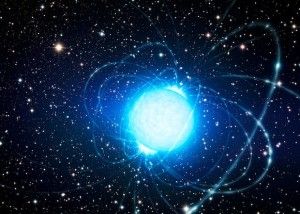

Permanent magnets akin to those used on refrigerators could speed the development of fusion energy – the same energy produced by the sun and stars.
In principle, such magnets can greatly simplify the design and production of twisty fusion facilities called stellarators, according to scientists at the U.S. Department of Energy’s (DOE) Princeton Plasma Physics Laboratory (PPPL) and the Max Planck Institute for Plasma Physics in Greifswald, Germany. PPPL founder Lyman Spitzer Jr. invented the stellarator in the early 1950s.
Most stellarators use a set of complex twisted coils that spiral like stripes on a candy cane to produce magnetic fields that shape and control the plasma that fuels fusion reactions. Refrigerator-like permanent magnets could produce the hard part of these essential fields, the researchers say, allowing simple, non-twisted coils to produce the remaining part in place of the complex coils.

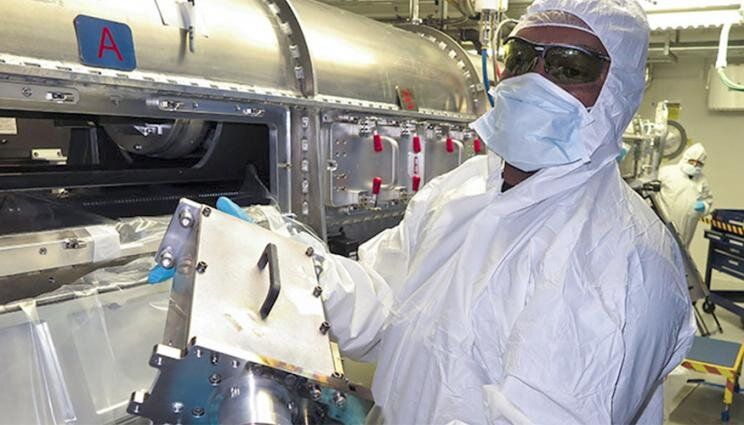
At its peak, a NIF inertial confinement fusion (ICF) implosion lasts about 100 trillionths of a second. The imploded fuel is a hundred millionths of a meter in diameter and as much as eight times denser than lead. The center of the imploded capsule is a few times hotter than the core of the sun.
Developing a clear understanding of exactly what’s happening in a NIF implosion under those extreme conditions is one of the biggest challenges researchers face as they work toward achieving fusion ignition on the world’s largest and highest-energy laser system.
To help meet that challenge, Lawrence Livermore National Laboratory (LLNL) and its partner laboratories and universities have designed and built an extensive suite of more than a dozen nuclear diagnostics, with more on the way.
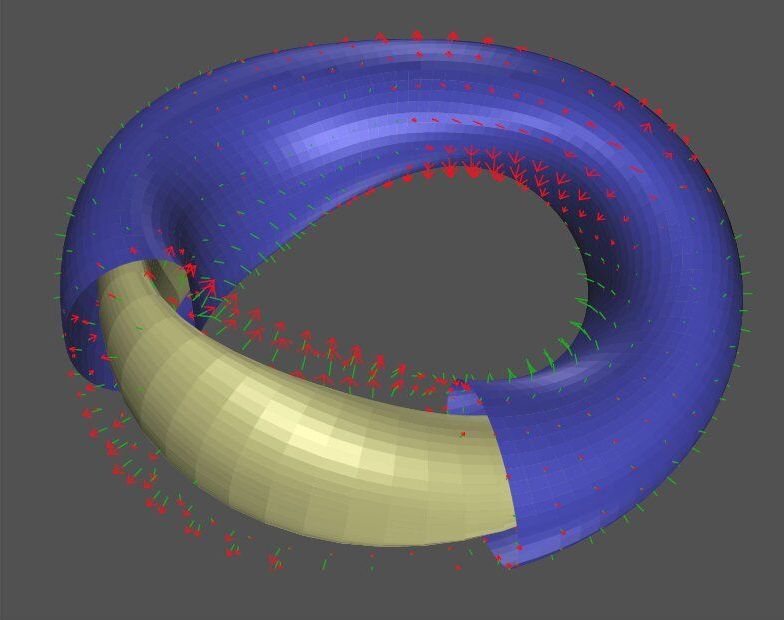
Permanent magnets akin to those used on refrigerators could speed the development of fusion energy—the same energy produced by the sun and stars.
In principle, such magnets can greatly simplify the design and production of twisty fusion facilities called stellarators, according to scientists at the U.S. Department of Energy’s (DOE) Princeton Plasma Physics Laboratory (PPPL) and the Max Planck Institute for Plasma Physics in Greifswald, Germany. PPPL founder Lyman Spitzer Jr. invented the stellarator in the early 1950s.
Most stellarators use a set of complex twisted coils that spiral like stripes on a candy cane to produce magnetic fields that shape and control the plasma that fuels fusion reactions. Refrigerator-like permanent magnets could produce the hard part of these essential fields, the researchers say, allowing simple, non-twisted coils to produce the remaining part in place of the complex coils.
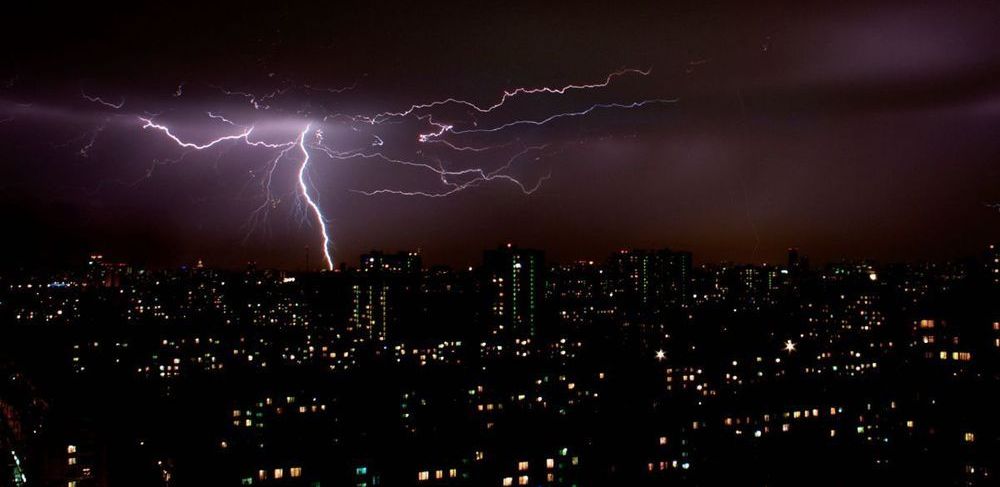
Circa 2017 o.o
Lightning is nuts. It’s a supercharged bolt of electricity extending from the sky to the ground that can kill people. But it can also produce nuclear reactions, according to new research.
Scientists have long known that thunderstorms can produce high-energy radiation, like this one from December, 2015 that blasted a Japanese beach town with some gamma radiation. But now, another team of researchers in Japan are reporting conclusive evidence of these gamma rays setting off atom-altering reactions like those in a nuclear reactor.

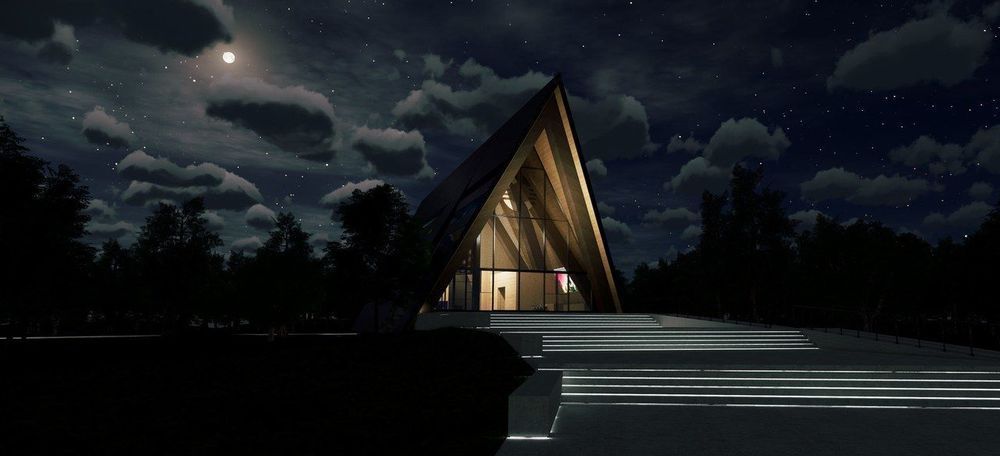
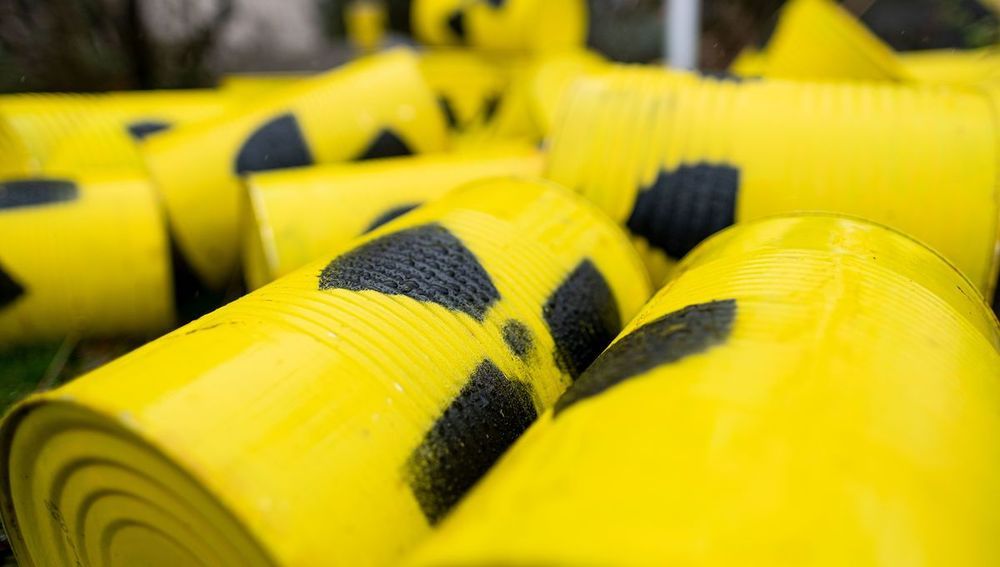
You know what this world needs now… aside from love, sweet love, of course? Less nuclear waste. But it also seemingly needs more and more power, which nuclear would be great at providing, if not for all that pesky waste and those darn radioactive meltdowns that can happen when you go around splitting atoms (fission). Which is where nuclear fusion was supposed to help out, but generating Sun-like temperatures to recreate the processes that power our Earth-powering star have kept that technology at bay.
Well, we may be a lot closer to utilizing the power of fusion, thanks to the revolutionary thinking of HB11, a company that recently secured patents in the U.S., Japan, and China for just that kind of forward thinking technology. And if all goes according to plan, it could just change the world of electricity generation as we know it.
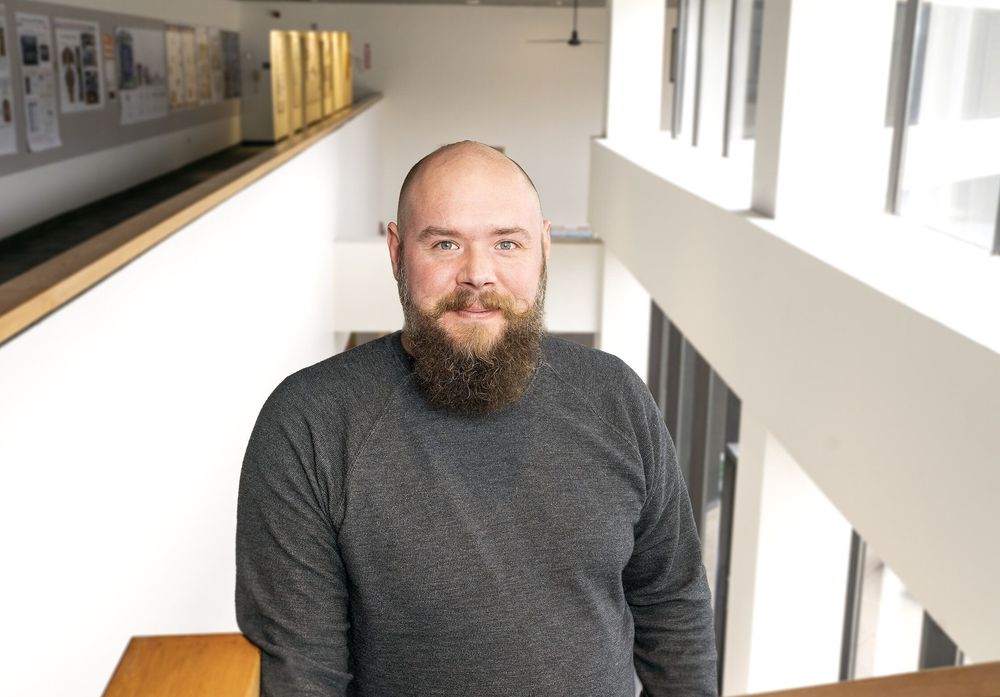
A key hurdle facing fusion devices called stellarators—twisty facilities that seek to harness on Earth the fusion reactions that power the sun and stars—has been their limited ability to maintain the heat and performance of the plasma that fuels those reactions. Now collaborative research by scientists at the U.S. Department of Energy’s (DOE) Princeton Plasma Physics Laboratory (PPPL) and the Max Planck Institute for Plasma Physics in Greifswald, Germany, have found that the Wendelstein 7-X (W7-X) facility in Greifswald, the largest and most advanced stellarator ever built, has demonstrated a key step in overcoming this problem.
Cutting-edge facility
The cutting-edge facility, built and housed at the Max Planck Institute for Plasma Physics with PPPL as the leading U.S. collaborator, is designed to improve the performance and stability of the plasma—the hot, charged state of matter composed of free electrons and atomic nuclei, or ions, that makes up 99 percent of the visible universe. Fusion reactions fuse ions to release massive amounts of energy—the process that scientists are seeking to create and control on Earth to produce safe, clean and virtually limitless power to generate electricity for all humankind.